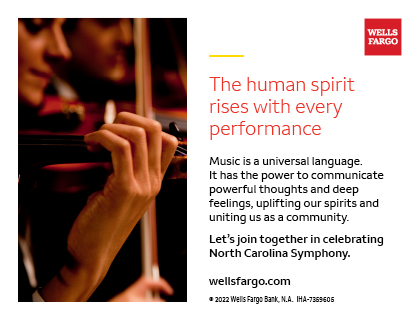Overture to Egmont, Op. 84
Ludwig van Beethoven (1770-1827)
THE STORY
The German poet and polymath Johann Wolfgang von Goethe wrote the historical drama Egmont between 1775 and 1787. Based on historical events—although with considerable poetic license—the play conveys Goethe’s idealism and passion for political and individual freedom. Historically, Lamoral, Count of Egmont, was a Dutch patriot and a Catholic, who unsuccessfully attempted to attenuate the power of the Inquisition in the Netherlands, which was under Spanish rule during the mid-16th century. Caught between the Dutch resistance and his loyalty to King Philip II, Egmont was imprisoned and hanged for treason.
Goethe’s Egmont character bears only scant resemblance to the historical Count. In the play, Egmont organizes a resistance movement against the Spanish forces led by the ruthless Duke of Alva who invade and occupy the Low Countries (Belgium and the Netherlands). Egmont is cast as a martyr for freedom of thought, managing to rouse the populace to revolt as he is about to be executed.
In 1809, the director of the Imperial Theater in Vienna commissioned Beethoven to compose music to accompany Goethe’s tragedy. Since he shared the ideals of the Enlightenment with the playwright, Beethoven went to work enthusiastically. In addition to the overture he wrote nine pieces of incidental music, including two soprano arias. He also added a narrator to bridge the gaps in the story and thus, according to Goethe, “...it can be performed as an oratorio.” Goethe was pleased with Beethoven’s efforts, commenting, “Beethoven has followed my intentions with admirable genius.”
LISTEN FOR
- Snarling minor chords in the opening to symbolize the brutality of the Inquisition, answered pleadingly by the oboe and upper woodwinds, representing the Dutch suffering
- Dramatic tension in the central allegro theme, especially the sighing ornamentation in the violins
- The “Victory Symphony” at the end, signifying Egmont’s call for an uprising
INSTRUMENTATION
Two flutes (one doubling piccolo), two oboes, two clarinets, two bassoons, four horns, two trumpets, timpani, strings
Notes © 2022 by Joseph and Elizabeth Kahn.

